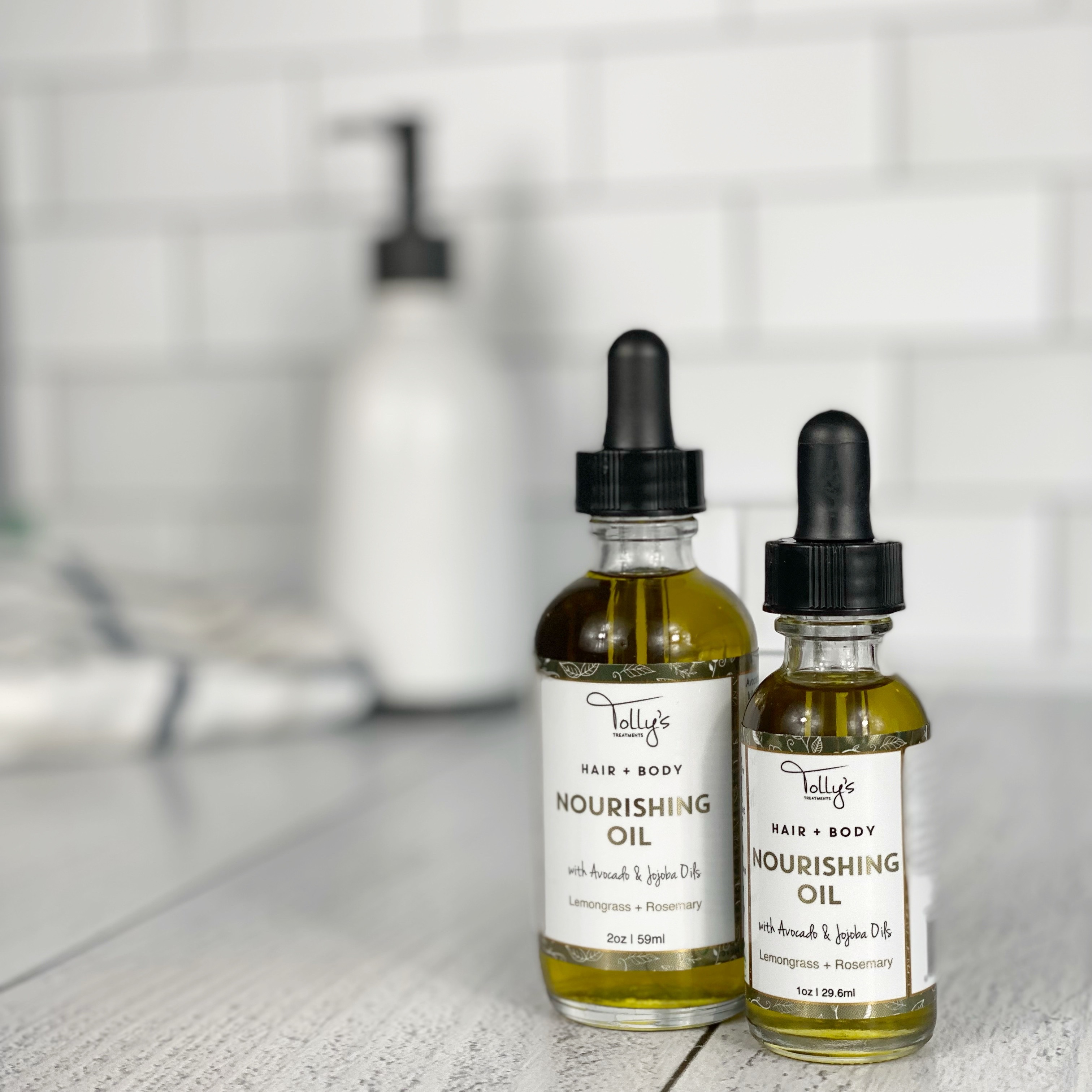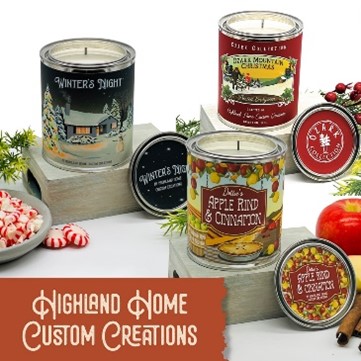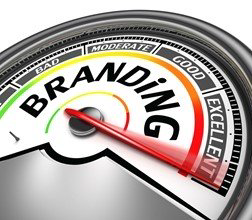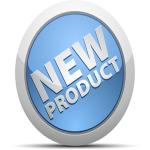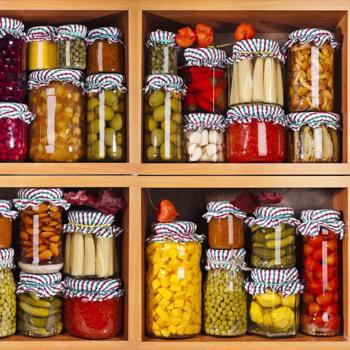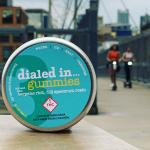Traditionally, before the digital press for labels made its printing advantage so clear, label and sticker printing has been done on big, mechanical flexographic printing presses. This has always been a complex and expensive process, involving outputting your artwork to film in order to create flexographic printing plates - which are then loaded on to the printing press, the inks are mixed and the machine is calibrated. All this must take place before you can print a single label or sticker. The digital press for labels changes all this - it brings custom label and sticker printing into the 21st century.
4 Main Advantages of Using a Digital Label Printer
1. Speed
With no plates to create, and very little setup of the machine, a custom label job printed on a digital label printer can be printed in minutes - not hours. Many flexographic printing presses can take several hours to set up for a four-color process job, whereas our digital printing press is ready to go almost immediately. Using our digital printing process, we can have 4 or 5 jobs for digital product labels out the door while the old style printing press is still being set up!
2. Quality
If you want high resolution and vibrant colors then you need digital printing. Our HP-Indigo WS6800 printing presses can print at 230 line screen, whereas most flexographic presses print at 133 or 150 line screen. You can really see the difference in the custom labels' detail and color. If you are selling your products at the retail level, you really should consider digital label printing just for the quality of the label it produces.
3. Cost
Because there are no plates to create, no film to output and minimal machine setup, fixed costs for the digital printer are very low in comparison with flexographic shops. So if you want to print a relatively small number of custom labels (say less than 25,000), you will always get a better price with digital printing. This way you can order only the products you need, rather than a huge number of custom labels just to get the best unit price - which obviously affects your cash flow in a positive way.
Additionally, custom label designs and content can change frequently. With digital printing you simply submit new artwork and we can start printing your new custom labels, whereas in flexographic printing you would need to have new plates made every time you make a change to your label or sticker (typical plate charges are around $120 per set for a single design) - so if you have multiple label or sticker designs the plate charges can add up very quickly.
"Gang running" - this is a term that refers to the ability to combine several different designs into a single printing press job. In flexographic printing, this is impossible - as each custom label design requires separate plates and setup and therefore each product carries substantial cost overheads. In digital printing, you can "gang" together multiple labels and designs (so long as they're the same size) into a single job. For example, if you have 10 designs of a 3" x 4" custom label and want 250 stickers of each design, we treat that as a single 2500-label job and price it accordingly.
4. Flexibility
Perhaps digital printing’s greatest power is its flexibility. With digital printing you can print 1,000 custom labels and every label can contain different data. That’s right - completely variable data printing. Whether you want to include names from a database, consecutive numbers, multiple barcodes, or just several versions of the same label, digital printing can handle it with ease. Don't take our word for it, though! You can see what our digital press for labels can do for you by requesting some custom label samples.

